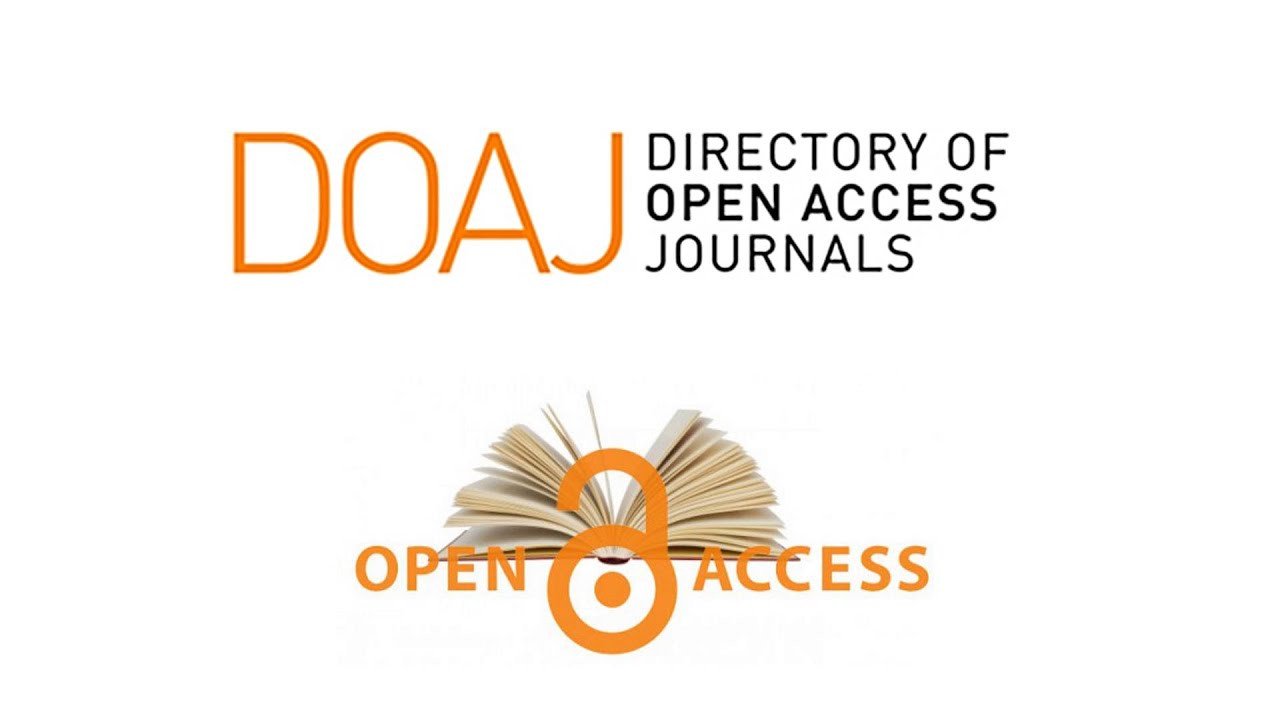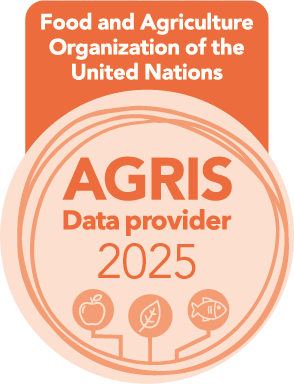The Effect of Adding Beta-glucan Extracted From Bread yeast and barley bran on Inhibiting Microbial Population of Fish Patties at Cooling Storage Periods
DOI:
https://doi.org/10.58629/ijaq.v18i2.350Keywords:
β-Glucan, coliform bacteria, Fish patties, psychrophilic bacteria, total bacterial countAbstract
The Homopolysaccharide called beta-glucan was extracted from different sources, microbial source (baking yeast of Turkish origin) and vegetable source (brown barley bran) using the classical method and hot water method respectively. Results showed that the higher yield contents of β-glucan, which reached 5.95 % and 5.18 % were found in the baker’s yeast of Turkish origin and barley bran respectively, The β-glucan was analyzed by Fourier transform infrared spectroscopy (FT-IR) and the result confirmed that the extracted glucan showed a high degree of similarity and purity as compared with the standard, The β-glucan was added to the fish patties at different ratio (0, 0.1, 0.3, 0.5, 1) gm\25gm patties, and storage patties at 4 °C for 14 days. Effect of addition of different levels of β-glucan from both sources on inhibition of the bacterial counts for fish patties during storage (14 days) was studied, the total counts of bacteria was decreased with increasing the ratios of β-glucan up to 1%, the ability of the extracted β-glucan from barley bran to inhibit the total bacterial count, psychrophilic bacteria and coliform bacteria was greater than that the extracted β-glucan from yeast.
Metrics
References
Ahmad, A.; Anjum, F. M.; Zahoor, T.; Nawaz, H. and Din, A. (2009). Physicochemical and functional properties of barley β-glucan as affected by different extraction procedures. Int. J. Food Sci. and Technol., 4( 1): 181-187. DOI:10.1111/j.1365-2621.2008.01721.x
Ahmad, A.; Anjum, F. M.; Zahoor, T.; Nawaz, H. and Dilshad, S. M. R. (2012). Beta glucan: A valuable functional ingredient in foods. Food Sci. and Nutr., 52(3): 201-212. DOI:10.1080/10408398.2010.499806
AL-Jumaiee, Sh. A. J. (2019). Extraction and characterization of β-glucan from yeast bread and barley bran and used it to improve some qualitative properties of the fish patties during cooling storage. M. Sc. Thesis, Coll. Agric., Univ. Basrah:130 pp.
Al-Rawii, K. M. and Khalafallah, A. A. M. (2000). Design and analysis of agricultural experiments. 2nd ed. Dar Al-Kitab for Printing and Pub., Univ. Mosul: 37 pp. URL.
Al-Shawki, R. M. M. (2018). Extract and diagnosis of beta-glucan yeast baking cells and improve the specific qualities of beef barker disasters. M. Sc. Thesis, Coll. Agric., Univ. Basrah: 116 pp. URL
Andrews, W. (1992). Mannual of food quality control. 4. Rev. 1.Microbiological anaylysis. FAO Food and Nutr. paper, 14(4) (Rev.1)., Rome, Italy: 347 pp. URL.
Asare, S. O. (2015). Optimized acid/base extraction and structural characterization of β-glucan from S. cerevisiae. Ms.c. Thesis the faculty of the Dep. Chemi. East Tennessee State Univ.: 75 pp. URL
Bacha, U.; Nasir, M.; Iqbal, S. and Anjum, A. A. (2018). Influence of yeast β –glucan on cookies sensory characteristics and bio- activities. J. Chem., Article: 8 pp. DOI: 10.1155/2018/1295184
Bangari, S. (2011). Effects of oat beta glucan on the stability and textural properties of beta glucan fortified milk beverage. Ms. c. Thesis Food and Nutr. Sci. Univ. of Wisconsin-Stout: 51. URL.
Brown, A. and Smith, H. (2015). Bensonʼs microbiological applications: laboratory manual in general microbiology , Shortversion. 13th (ed.) McGraw-Hill Educ. U.S.A. 480 pp. URL.
Cavallero, A.; Empilli, S.; Brighenti, F. and Stanca, A. M. (2002). High (1-3,1-4) β-glucan barley fractions in bread making and their effects on human glycemic response. J. Cereal Sci., 36(1): 59-66. DOI:10.1006/jcrs.2002.0454.
Chen, J. and Seviour, R. (2007). Medicinal importance of fungal β-(1-3) (1-6) glucans. The Br. Mycol. Res. 111(6): 635-652. URL.
da Cunha, M. A. A.; Albornoz, S. L.; Santos, V. A. Q.; Sanchez, W. N.; Barbosa- Dekker, A. M. and Dekker, R. F. H. (2017). Structure and biological functions of D-glucans and their applications. Studies in Nat. Prod. Chem., Chapter 9.53: 309-337. URL.
Gangopadhyay, N.; Hossain, M. B.; Rai, D. K. and Brunton, N. P. (2015). A Review of extraction and analysis of bioactives in oat and barley and scope for use of novel food processing Technol. Mol., 20(6): 1420-3049. DOI:10.3390/molecules200610884
Johansson, L. (2006). Structural analyses of (1-3) (1-4)-β-D-glucan of oats and barley. Ms. c. Thesis the Faculty of Agriculture and Forestry of the University of Helsinki, Dep. of Appl. Chem. and Microbiol. General Chem. Division. 85 pp. URL.
Kath, F. and Kulicke, W. M. (1999). Mild enzymatic isolation of mannan and glucan from yeast Saccharomyces cerevisiae. Angew Makromol Chem., 268: 59-68. DOI:10.1002/%28SICI%291522-
Khan, A. A.; Gani, A.; Masoodi, F. A.; Amin, F.; Wani, I. A.; Khanday, F. A. and Gani, A. (2016). Structural, thermal, functional, antioxidant and antimicrobial properties of β-D-glucan extracted from baker’s yeast Saccharomyces cereviseae effect of γ-irradiation. Carbohydr. Polym., 140: 442-450. DOI:10.1016/j.carbpol.2016.01.003
Maheshwari, G.; Sowrirajan, S. and Joseph, B. (2017). Extraction and isolation of β-glucan from grain sources-a review. J. Food Sci., 82(7): 1535-1545. DOI:10.1111/1750-3841.13765.
yeast Saccharomyces cerevisiae. Int. J. Innov. Sci., Engin. and Technol., 1(6): 2348 -7968. URL.
Mubarak, A. A. (2009). Food preservation. Nutrition and food sci., Anglo Egyptian bookshop, 246 pp.
Ozcan, O. and Ertan, F. (2018). Beta-glucan content, antioxidant and antimicrobial activities of some edible mushroom species. Food Sci. and Technol., 6(2): 47-55. DOI: 10.13189/fst.2018.060201.
Petravic-Tominac, V.; Zechner-Krpan, V.; Grba,S.; Srecec, S.; Panjkota-Krbavcic, I. and Vidovic, L. (2010). Biological effects of yeast β-glucans. Agric. Conspectus Scientifcus, 75(4): 149-158. URL.
Sofi, S.; Singh, J. and Rafiq, S. (2017). β-glucan and functionality: A review. EC. Nut. 10(2): 67-74. DOI: 10.3177/jnsv.64.8
Thondre, P. S.; Ryan, L. and Henry, C. J. K. (2011). Barley β- glucan extracts as rich sources polyphenols and antioxidants. Food Chem. 126: 72-77. DOI: 10.1016/j.foodchem.2010.10.074.
Zhu, F.; Du, B. and Xu, B. (2016). Acritical review on production and industrial applications of β-glucans. Food Hydrocoll., 52: 275-288. DOI: 10.1016/j.foodhyd.2015.07.003.
Downloads
Published
How to Cite
Issue
Section
License
Copyright (c) 2021 Iraqi Journal of Aquaculture

This work is licensed under a Creative Commons Attribution 4.0 International License.










